General information about seeds Dasharath grass lasts for 5 to 6 years once planted. Dasharath grass is 5 to 6 feet high. At the root of this fodder are nitrogen-rich glands. Since these glands absorb nitrogen from the air, plants need nitrogen. In addition, nitrogen absorption increases nitrogen content in the soil and increases soil fertility. Dasharath grass contains 18 to 22% protein and other nutrients are available in large quantities. It is a grass that gets very little water and provides green fodder all year round. It is also a disease free grass. It can be planted any time of the year. It requires 12 to 14 kg seed per 1 acre of land. This grass grows less on cold days. Dasharath grass is called Hedge Lucerne in English.
Land and preparation for planting Dasharath grass is a fodder crop grown in different soils. This fodder crop is grown on a wide variety of soils, from medium to sandy soils to black loamy soils. Heavy soils are very suitable for this crop and well drained soils are required. Once sown, the crop stays in the same soil for 6 to 7 years, so pre-cultivation is very important. For this, by deep plowing, if the quantity of lumps is more, it should be broken, vertical-horizontal cobwebs should be sown and large size steam should be prepared. Before sowing, apply 8 to 10 tons of fully decomposed manure per acre in medium to light soil. If you do not have manure available, D.A.P. Or 10.26.26. Use 8 to 10 bags of this chemical fertilizer per acre.
Seed processing The seeds of this crop need to be treated with hot water before sowing as the seed cover is hard. This softens the seed shell and improves germination. Once the water is well boiled for seed treatment, lower the pot to a simmer and let it rest for 5 minutes. When the water temperature reaches 80 Celsius, soak the seeds for 5 minutes. Then drain the hot water and dry for a while on a cotton cloth in seed shade and sow.
Planting period and method of cultivation Dasharath grass can be planted any time of the year. Dasharath grass should be planted in Vafya by throwing it shallow by hand. Dasharath grass grows less on cold days. When D Dasharath grass harvests , it should be harvested by sticking to the ground. Hot water tretment for seeding should be done at the time of planting. Seeds should not be sown to a depth of more than 1 to 2 inches, otherwise the seeds will not germinate. Land, water, manure and climate can increase or decrease the germination capacity. This grass grows less on cold days.
Fertilizer and water planning Irrigate immediately after planting, followed by 3 to 4 days interval, then irrigate as per soil requirement. Initially you would have applied manure but since you harvest this grass frequently you will need D.A.P, 10.26.26 after each harvest. Granular chemical fertilizers should be used.
Harvesting / production / use The first harvest should be done 80 to 90 days after planting and subsequent harvests should be done at intervals of 40 to 50 days. It is advisable to harvest Dasharath grass when it is about 3 to 4 feet in height. Harvesting may be delayed or delayed due to climatic conditions. The yield per acre of Dasharath grass can be 7 to 8 tons per harvest. This grass provides 25 to 30 tons of green fodder per year.
Seeds per acre
20 kg of seed is required per 1 acre of land.

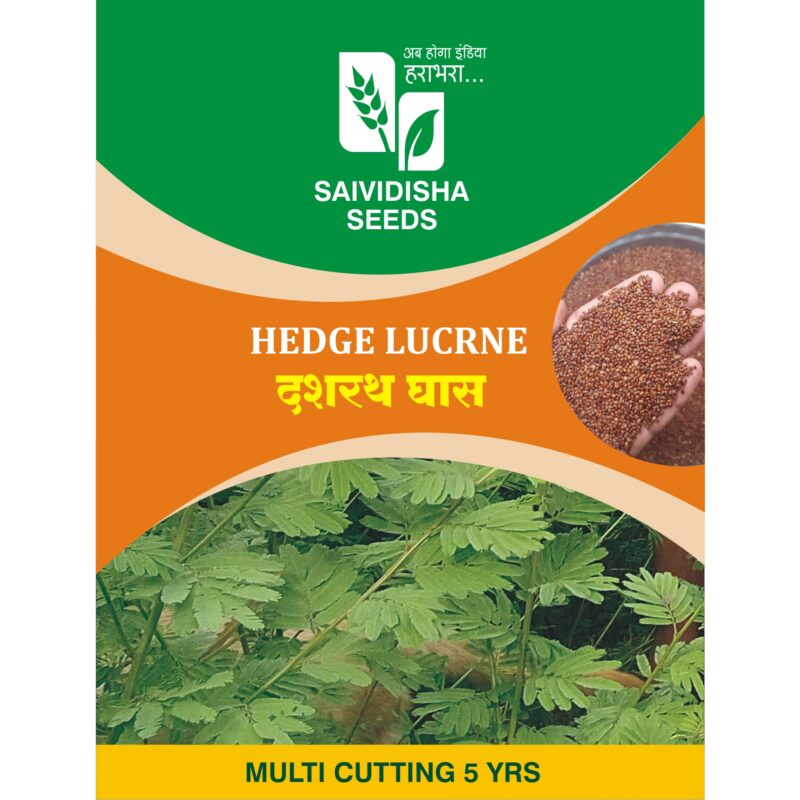
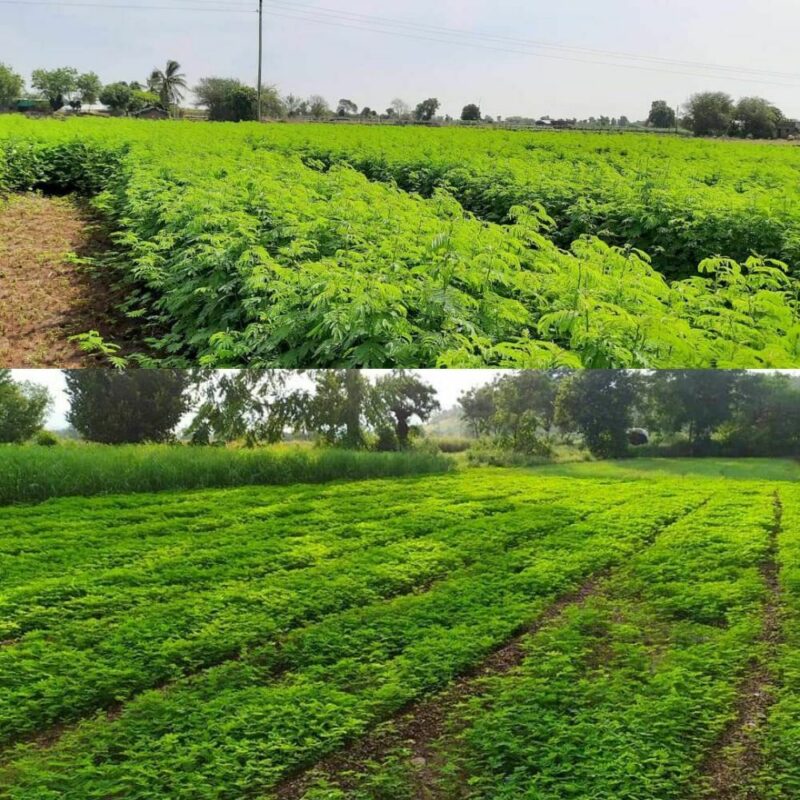

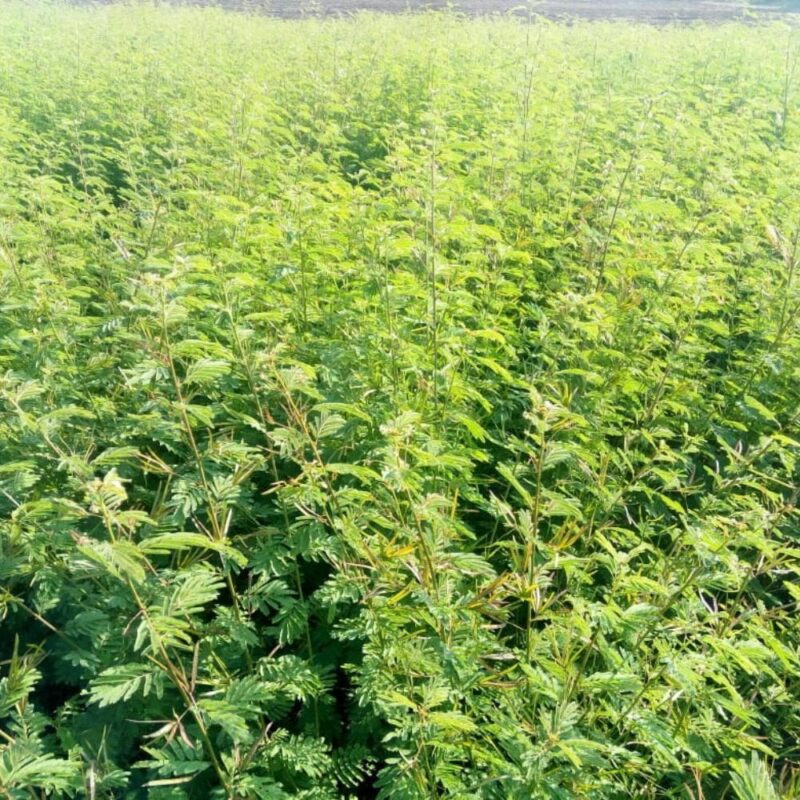
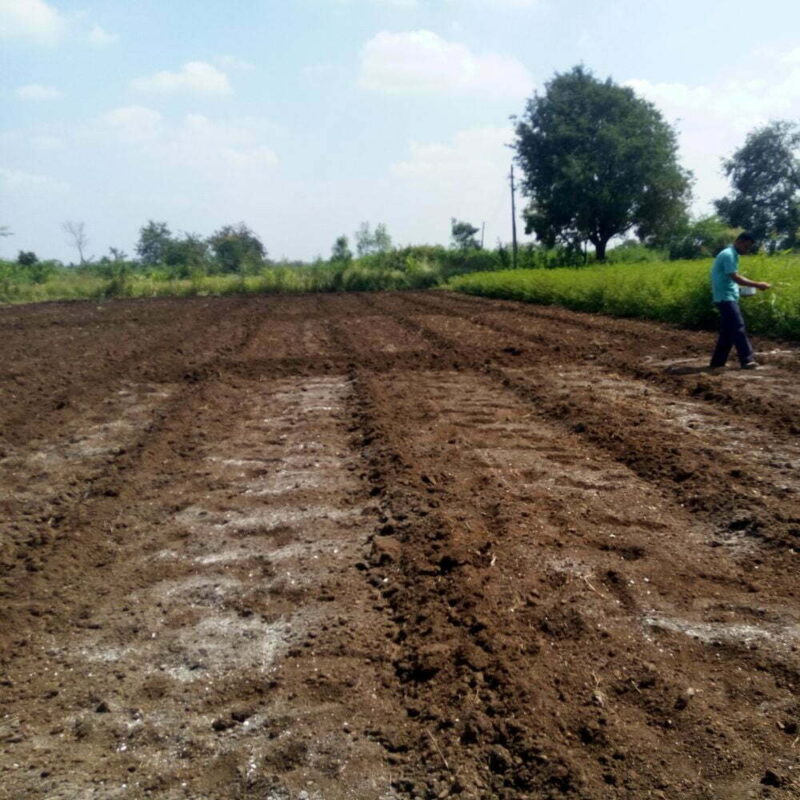
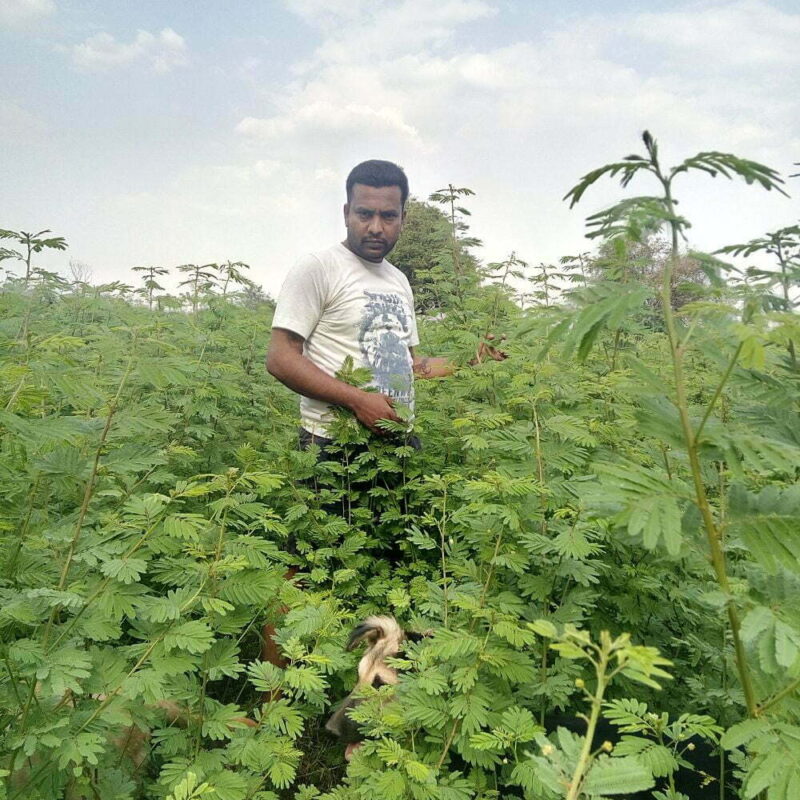
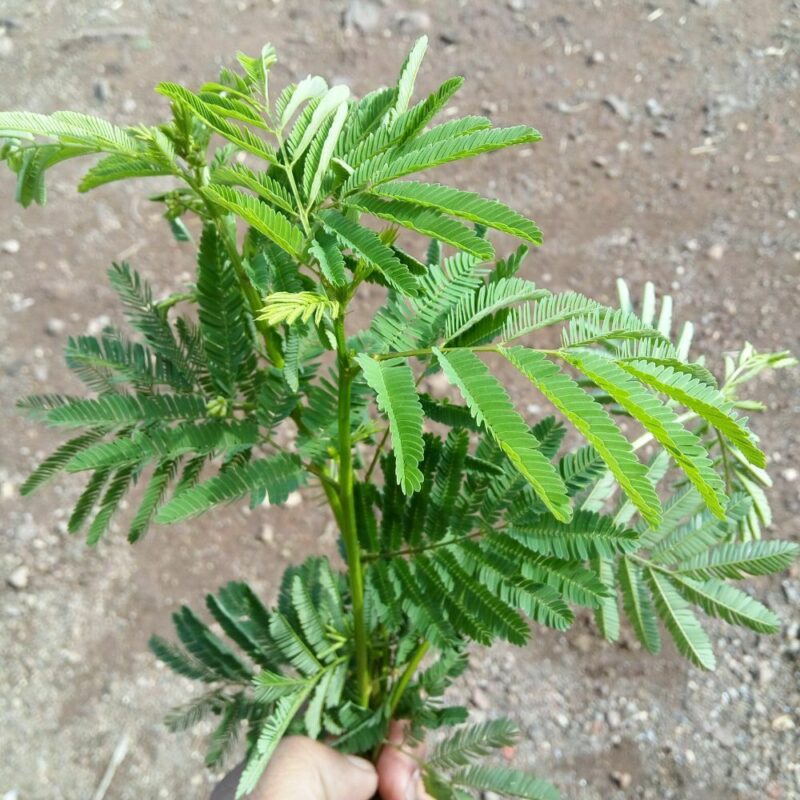
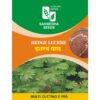


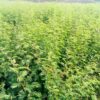
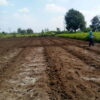
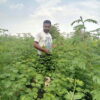


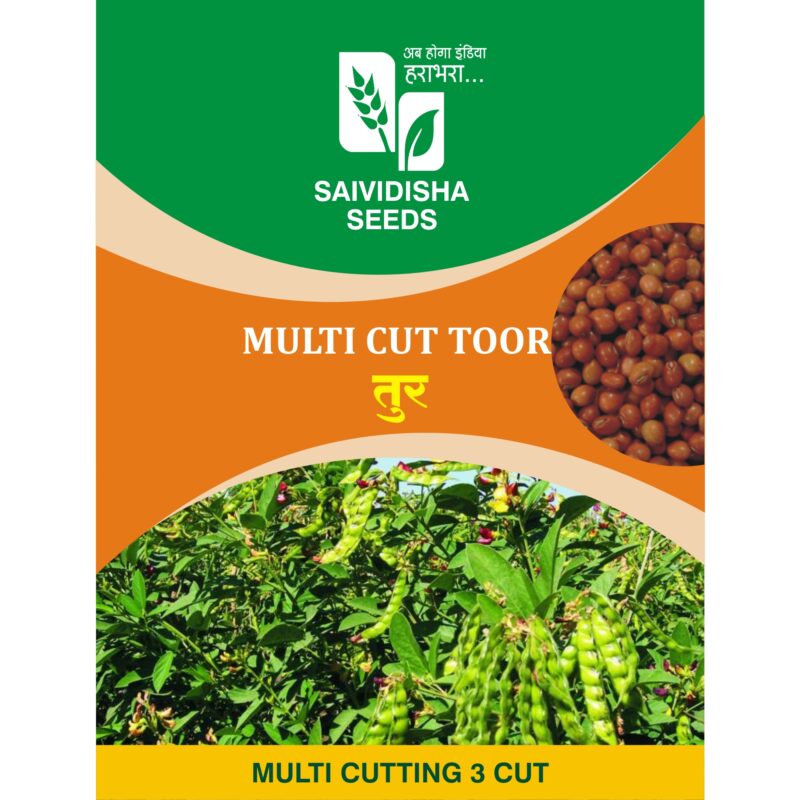
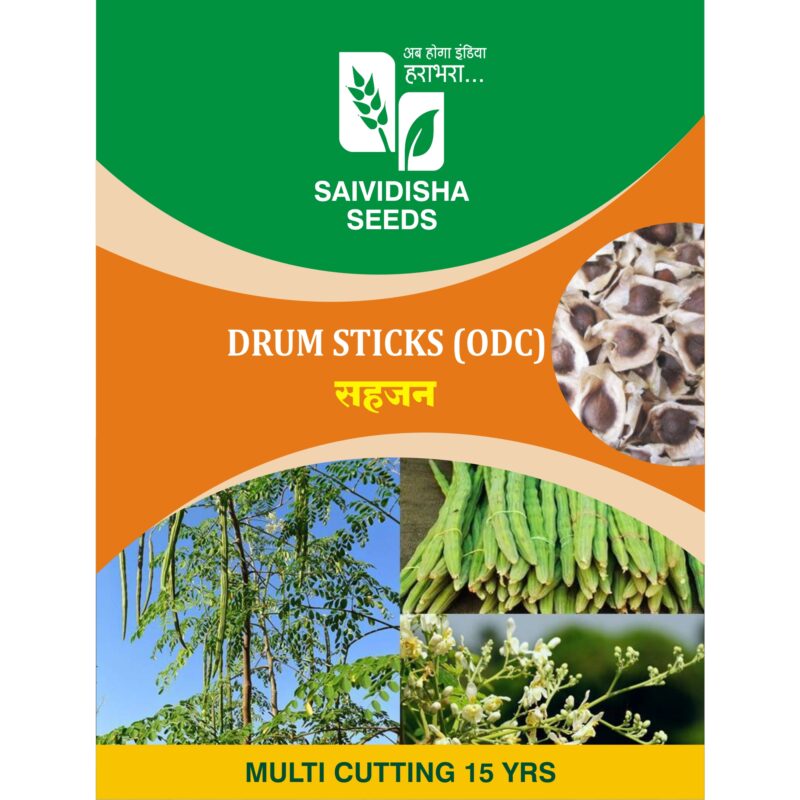
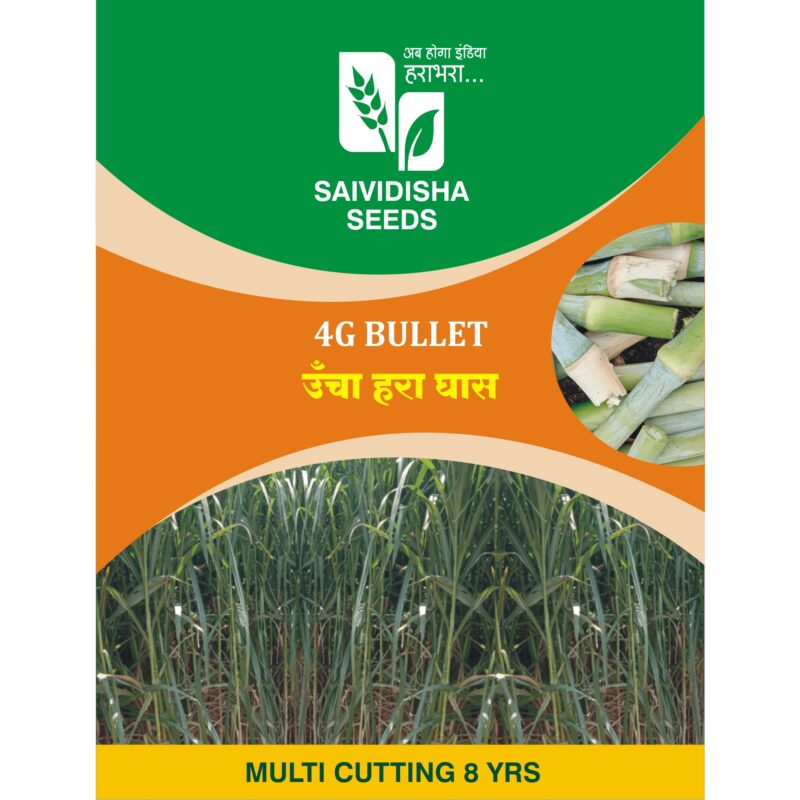







Reviews
There are no reviews yet.